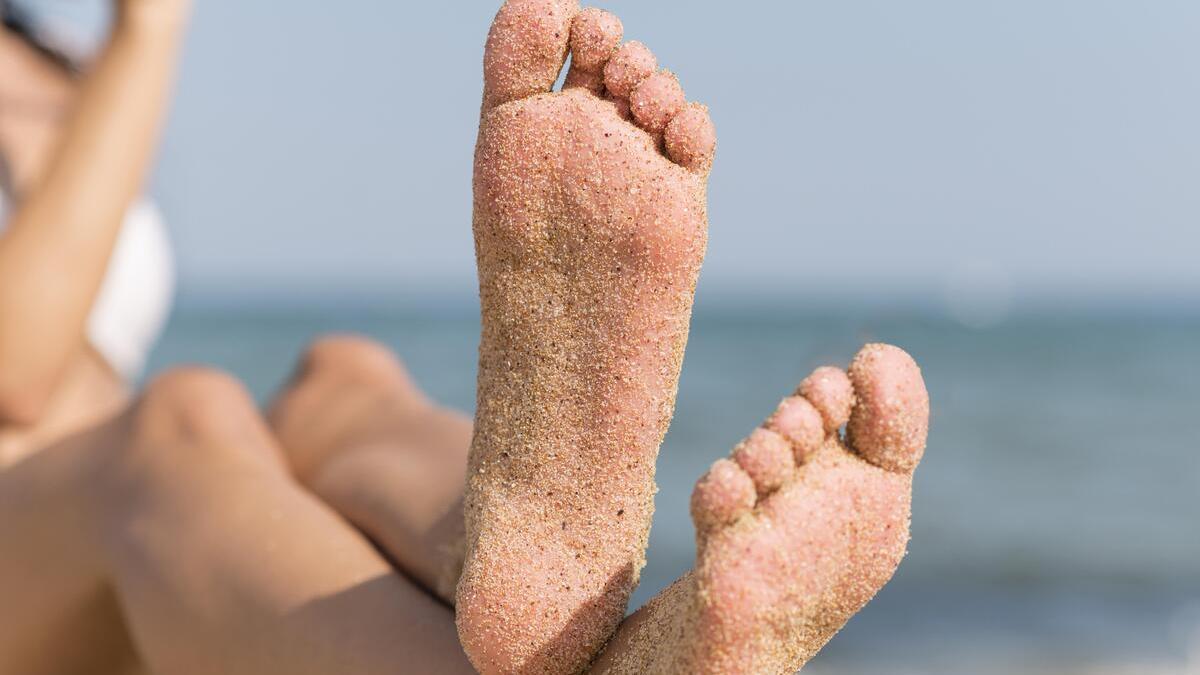Improving knowledge of STEM (Science, Technology, Engineering and Mathematics) disciplines by engaging young people. This is the goal of the Polytechnic University of Bari, which has long been involved in mentoring work in schools and which could also be a good opportunity to promote better awareness of the choice of university.
The “Next Earth 2022-24” project, promoted by the Next Level association in Turin, and in which Polipa is involved, aligns well with these goals. The initiative proposes, in fact, a large-scale educational program for STEM with the participation of different institutes of secondary schools operating in the social contexts of disadvantaged neighborhoods in Bari, Turin, Naples. Museums, research institutes and companies also participate.
Politecnico participates in the initiative, with laboratory activities, with the project “Analysis of microplastics on the beach” that aims to bring younger generations closer to STEM subjects, to make them aware of the problems associated with environmental pollution caused by microplastics, and to ensure that they acquire a behavioral code that limits Dispersion of microplastics into the environment. For these purposes, 16 students of grade 7 from the regions of Bari, Japigia, Sitta Vecchia and Liberta participated: IC “Perone-Levi” and “G.Carducci” and IC Japigia1. At the meeting scheduled for tomorrow, Tuesday, December 20 at 9.30 in the Chemistry Laboratory “Franco Nobile” of the Department of Civil, Environmental, Land, Building and Chemical Engineering (DICATECH) in Poliba (University Campus). Accompanied by their teachers are students
2D from middle school, “G. Carducci”. The students, divided into working groups of two or three members, led by the research team of Professor Maria Michela Dellana (Dr. Matilda Malli, D. Separate with the flotation method of microplastics from
Some sand samples taken from the beaches of the Puglia coast.
Existing microplastics will then be washed and dried, and then analyzed with a digital microscope to assess their shape and with an infrared spectrophotometer to determine their chemical composition, and thus source of origin (plastic bottles, disposable cutlery, etc.). At the end of the experiment, each working group will have to divide the existing microplastics into three categories according to dimensions: dimensions greater than 5 mm; dimensions between 5 mm and 1 mm wide; Smaller size
1 mm, and the results obtained should be reported in a three-column table. Microplastics are fragments of plastic ranging in size from 5-10 mm (1 μm) and can be of two types: primary or secondary. They are called essential if they are born in such small dimensions (for example the granules in exfoliating cosmetics); They are secondary if they are formed after the collapse of plastics of higher dimensions (these are the majority). They are very harmful because they get in
They spread through the food chain and can cause serious diseases, including tumors. Pupils will also be proposed a code of conduct (education about plastic recycling, preference for the use of natural fibres, etc.) which can limit microplastic pollution.
Other meetings, with other chapters, are scheduled for the coming months of January and February 2023. In addition to the participation of Bari Polytechnic, the STEM orientation project “Next-Land” also sees universities: Polytechnic of Turin, University of Turin, Federico II University of Naples, Bari University and supported by the Intesa Sanpaolo Charity Fund, Enel Cuore Onlus, Vodafone Italia Foundation, Compagnia di San Paolo Foundation and CRT Foundation.

“Infuriatingly humble social media buff. Twitter advocate. Writer. Internet nerd.”

.png)

